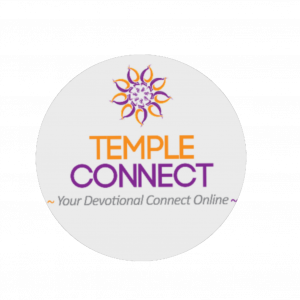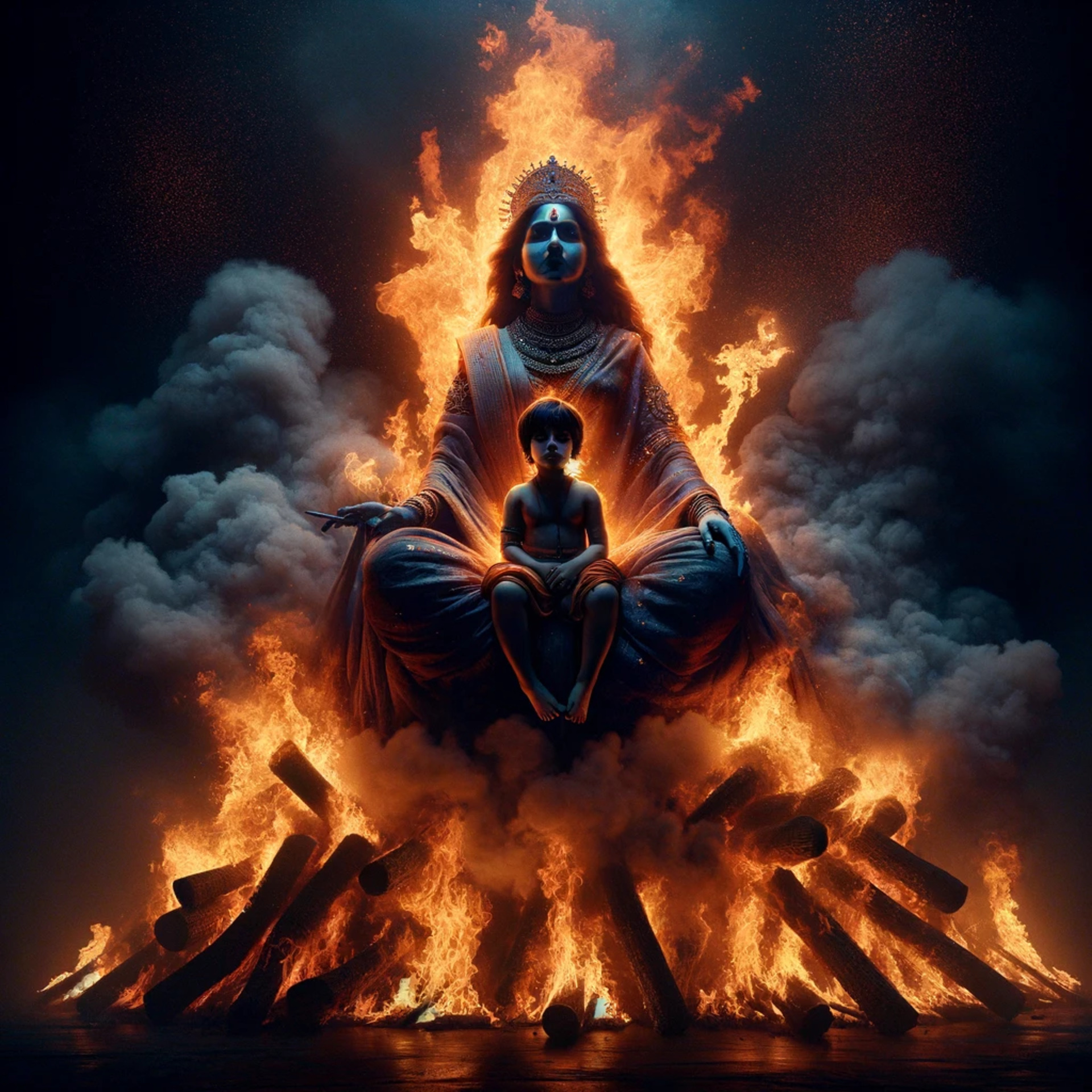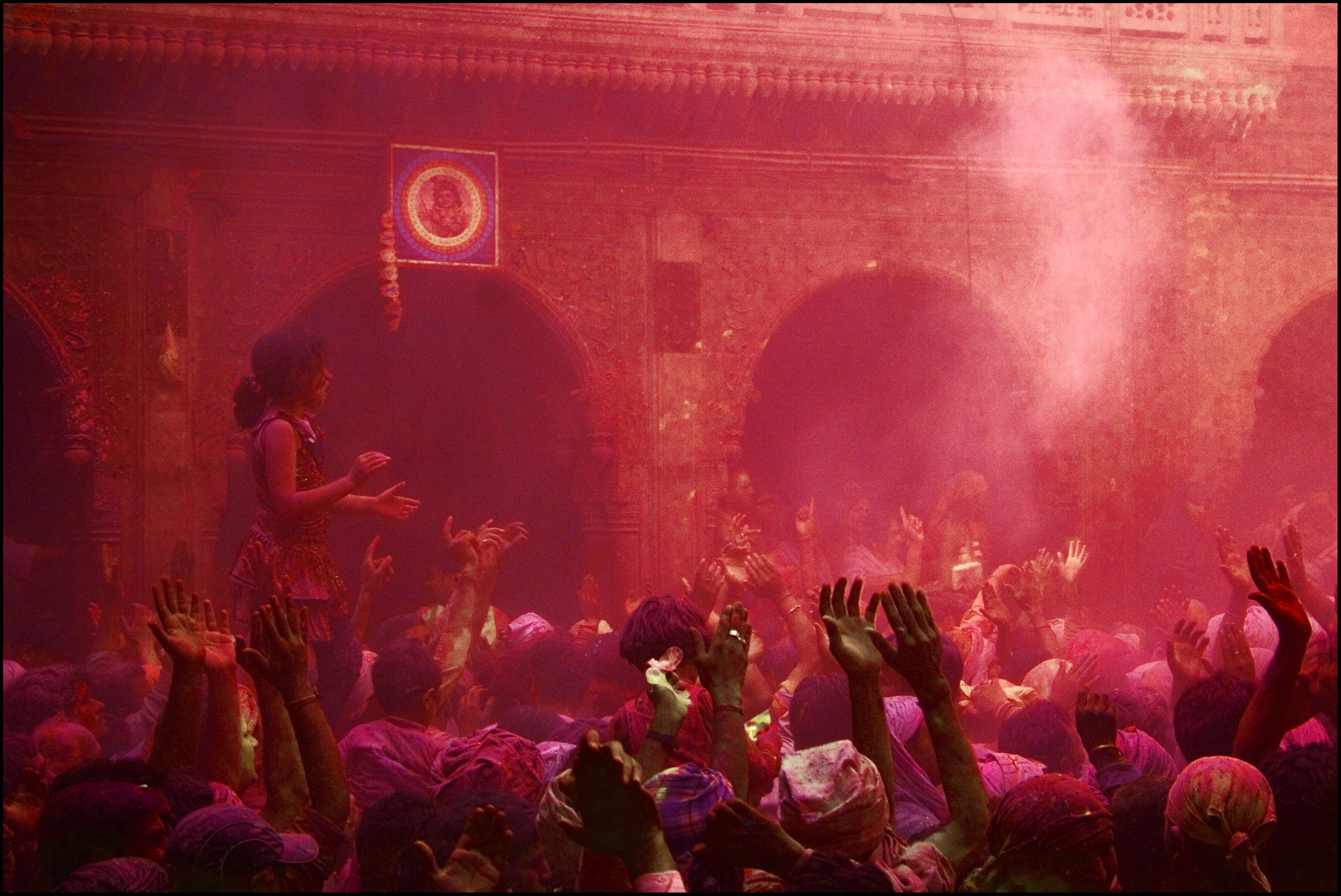Maha Shivaratri is a Hindu festival celebrated annually dedicated to worship Shiva. Krishna paksha chaturdasi in every month is called as Masa Shivaratri or Masik Shivaratri. Chaturdasi Tithi during Krishna Paksha in the month of Magha/Phalguna is known as Maha Shivaratri. This is considered as the most important vrata by the devotees.
Maha Shivaratri
It is believed that worshiping Lord Shiva on this day helps one get rid of all the sins. Also, it popularly believed that Lord Shiva and Goddess Parvati got married on this day. Unlike most Hindu festivals which are celebrated during the day, the Maha Shivaratri is celebrated at night. Devotees of Lord Shiva stay awake all night on this auspicious night of Shivratri. They perform poojas, meditate and chant Vedic mantras. On the Shivratri day, Lord Shiva is worshipped in a special form of Linga called ‘Lingodbhavamurti.’ It is a lingam in the form of fire which has neither a beginning nor an end.
Skanda puranam describes about four shivaratris.
- Nitya Shivaratri
- Masa Shivaratri (Krishna Paksha Chaturdasi
- Magha prathamadi Shivaratri which is observed for the 13 days starting from prathama tithi in the month magha and on the Chaturdasi night the Maha Shiva is worshiped throughout the night.
- Magha Krishna Paksha Chaturdasi – Maha Shivaratri
Origin and Significance of Maha Shivaratri
The Maha Shivaratri is mentioned in several Puranas, particularly the Skanda Purana, Linga Purana and Padma Purana. According to few references in the Shaivism tradition, this is the night when Shiva performs the heavenly dance of creation, preservation and destruction. According to other references, this is the night when Shiva and Parvati got married.
And yet another origin of celebrating Maha Shivaratri is, when Brahma and Vishnu fought between themselves as “who is the greatest”, Maha Shiva appeared before them as a pillar of fire. They were not able to find the starting and end of that pillar. This day is Thirukkaarthikai. Then Brahma and Maha Vvishnu repented for their mistake and prayed to Maha Shiva for forgiving their sin worshiping the shiva lingam which is the form of the flame. In the night of Shivaratri Maha Shiva appeared before them and blessed them.
According to Srimad Bhagavatam, Maha Shiva is flanked by Kubera – The God of Wealth and the four Kumaras who are celibate and liberated souls.
Maha Shivaratri is also held as the night when Bhagawan Shiva is believed to have performed the Tandava Nritya, the dance of Primordial Creation, Preservation and Destruction.
Based on few references from various puranas, on this Maha Shivaratri, Maha Shiva drank the Halahala that fell in the nectar during the event of Samudra Manthan to save the universe.
The greatest significance of Maha Shivaratri lies in the belief that this occasion has the efficacy of wiping out all the accumulated sins of an individual.
Rituals – Puja Vidhi
Shortly, here is the list of what to do on Mahashivratri:
- Observe Fasting
- Meditate
- Chant Om Namah Shivaya
- Attend Mahashivratri Pooja or Rudra Pooja
- Worship the Shivlinga
One day before Shivaratri Vratam, most likely on Trayodashi, devotees should eat only one time. On Shivaratri day, after finishing morning rituals devotees should take Sankalp and worship Maha Shiva. Wearing a Rudraksha mala and applying ‘vibuthi’ (sacred ash) is considered to be an important part of the ritual.
On Shivaratri day devotees should take second bath in the evening before doing Shiva Puja or visiting temple. Shiva Puja should be done during night and devotees should break the fast next day after taking bath. Devotees should break the fast between sunrise and before the end of Chaturdashi Tithi to get maximum benefit of the Vrat.
It is a complete fast on the day and people keep vigil at night or spend time in Shiva Temples or at sacred spots associated with Maha Shiva. Special prasadam in the form of fruits is offered to the Bhagawan. The devotees spend their time by listening to the Vrata Katha of Maha Shivaratri, along with devotional songs and hymns. Shiva is worshipped on the day with bilva patra, datura, flowers, rice, water, milk, and panchamrut (milk, curd, ghee, sugar and honey).
Devotees observe Shivaratri by chanting important Shlokas/Mantras include:
- Shiva Panchakshari Mantra (Om Namah Shivaya)
- Chanting the sacred names of Shiva
- Mahamrityunjaya Mantra
- Lingashtakam and Bilvashtakam
Celebrations
The Maha Shivaratri has served as a historic confluence of artists for annual dance festivals at major Hindu temples such as at Konark, Khajuraho, Pattadakal, Modhera and Chidambaram. This event is called Natyanjali – “worship through dance”, at the Chidambaram temple which is famous for its sculpture depicting all dance mudras in the ancient Hindu text of performance arts called Natya Shastra.
Maha Shivaratri is celebrated in Tamil Nadu with great pomp and fanfare in the Annamalaiyar temple located in Tiruvannamalai district. The special process of worship on this day is ‘Girivalam’ – Giri Pradakshina, a 14-kilometer bare foot walk around Shiva’s temple on top of the hill. A huge lamp of oil and camphor is lit on the hilltop at sunset – not to be confused with Karthigai Deepam.
Special pujas are held at Pancharamas – Amararamam of Amaravati, Somaramam of Bhimavaram, Draksharamam, Kumararama of Samarlakota and Ksheerarama of Palakollu. The days immediately after Shivratri are celebrated as Brahmotsavaalu at Srisailam, one of 12 Jyotirlingas.
Maha Shivaratri is a national Holiday in Nepal and celebrated widely in temples all over the country, especially in the Pashupatinath temple.



